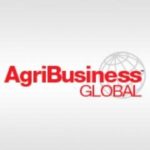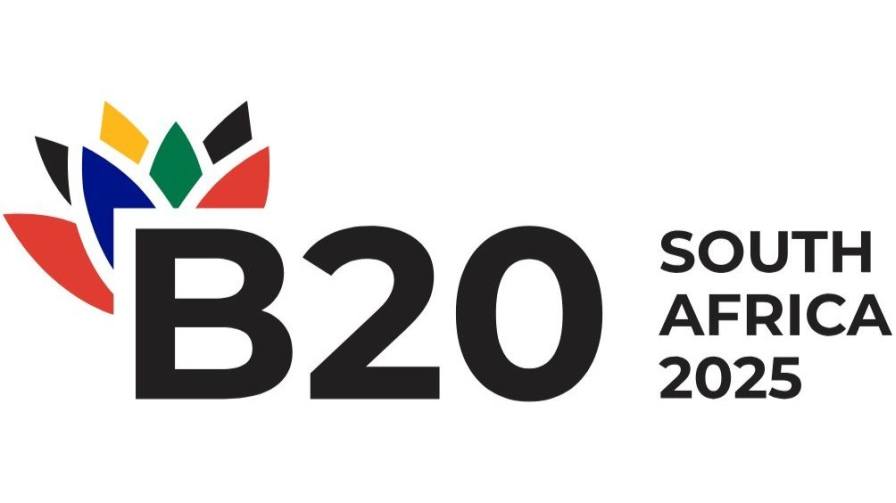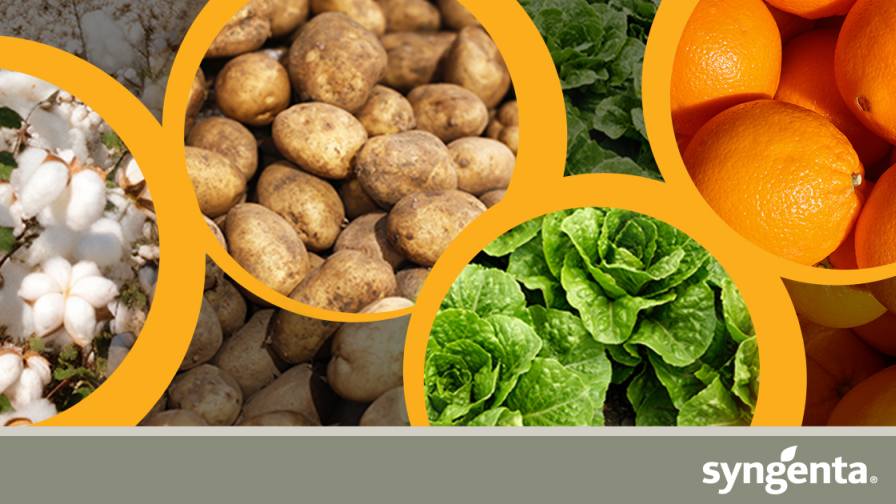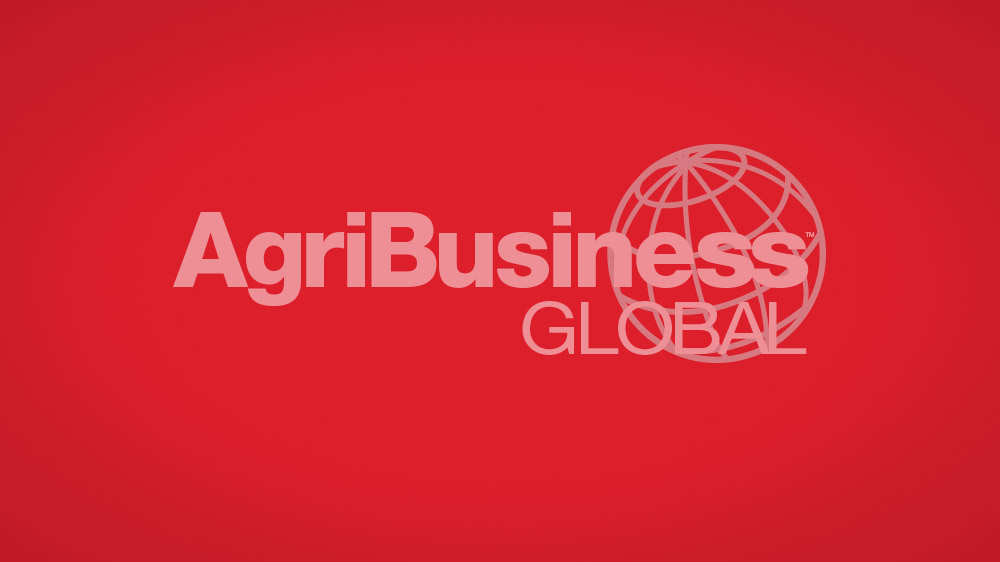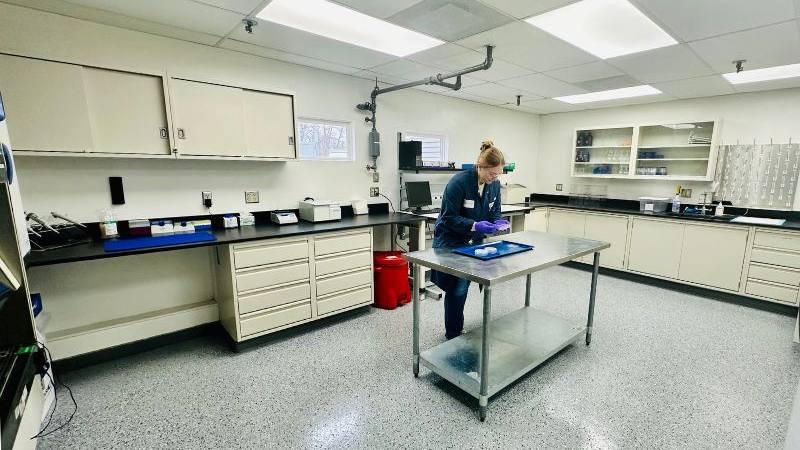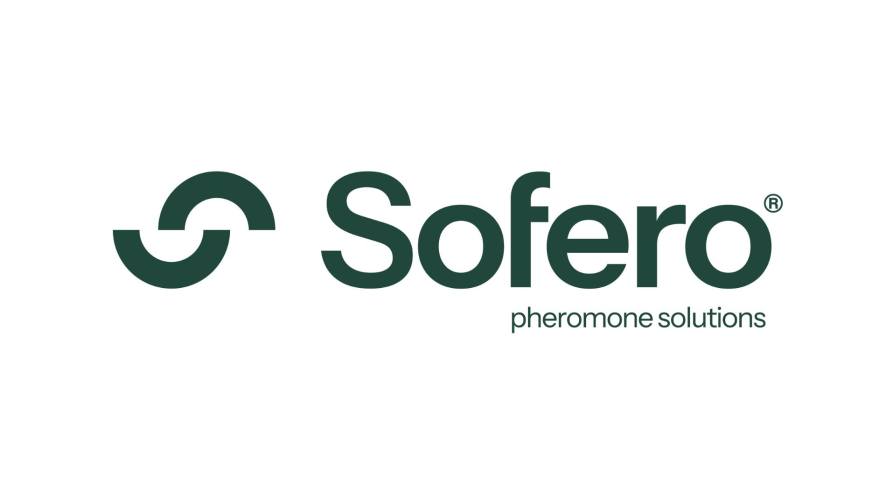Ag Executives Give Top Three Opportunities for Crop Input Industry in LATAM
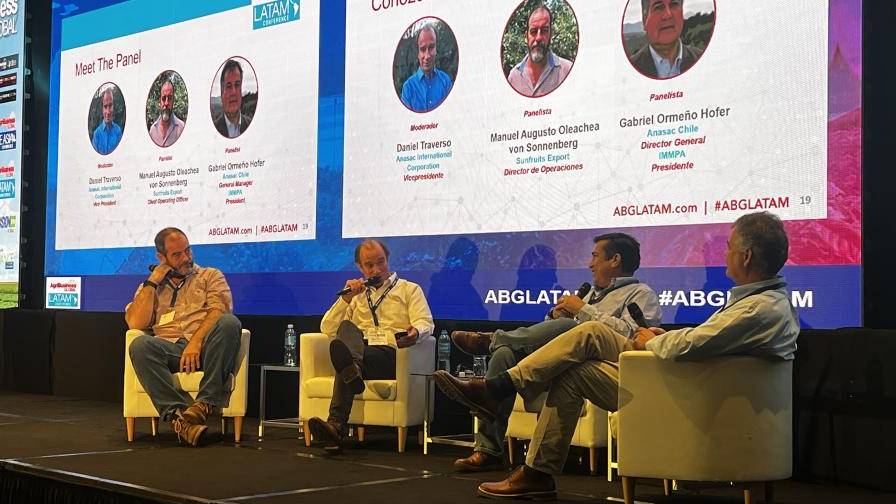
The session “Navigating LATAM Challenges: Seeking Solutions” included panelists (from left) Manuel Augusto Olaechea von Sonnenberg, COO at Sunfruits Export; Moderator Daniel Traverso, Vice President for Anasac International Corporation; Jose Luis Bravo Cabaellero, Commercial Director at AMVAC Mexico; and Gabriel Ormeño Hofer, General Manager at Anasac Chile and President for IMPPA A.G.
Four LATAM agribusiness leaders gathered at the AgriBusiness Global℠ LATAM Conference in Panama City, Panama to discuss the agro export sector as it contends with increasing restrictions on maximum residue limits (MRLs). Daniel Traverso, Vice President for Anasac International Corporation, moderated the discussion, which also explored additional industry challenges that could lead to new opportunities. The panel featured Manuel Augusto Olaechea von Sonnenberg, COO at Sunfruits Export; Jose Luis Bravo Cabaellero, Commercial Director for AMVAC Mexico; and Gabriel Ormeño Hofer, General Manager at Anasac Chile S.A. and President for IMPPA A.G.
The panelists discussed three challenges facing the agricultural community in Chile, Peru, and Mexico, as well as opportunities these regions are seeking to overcome obstacles.
Aesthetics and MRLs
As consumers ask for aesthetically pleasing fruits and vegetables with lower MRLs, growers strive to meet not only regulation specifications, but also supermarket and consumer standards.
“It’s not only that the supermarket chains want lower MRLs, even though the numbers they ask for are not based on evidence,” said Olaechea. “They also want the fruit to be a certain shape, and all the same size. If only 10% my field meets these requirements, then for the other 90%, I need to find a different client.”
The cost of using biorationals to reduce MRLs is an increased cost to the farmers, said Olaechea. But not all growers are affected.
“In Chile, we see growers using products as a comprehensive strategy, combining agrochemicals with biorationals, with minimum residue that markets are asking for,” said Ormeño. “The economies need to be adequate enough for farmers to adopt this technology, so we have a lot of farmers that are integrated into supermarket chains, but the small producers are the ones suffering the most.”
OPPORTUNITY: Research specific pricing for large-medium-small growers in LATAM regions to create affordable integrated crop input management programs to meet regulation and consumer standards for exporting crops.
Banning Agrochemicals/Backlogged New Products
As politicians get involved in banning agrochemical products in some LATAM countries, growers face a reduced toolbox brought on by public opinion rather than science. Companies face the inability to register new products because of backlogs. Restrictions on what agrochemicals can be used is causing farmers stress.
In a response to Mexico’s banning of glyphosate, “farmers are asking … what are you going to give us to replace it?” said Bravo Cabaellero. “If we are going to restrict the use of certain chemicals, and we don’t have new registries, then we are very worried about this ambiguous situation. And with a backlog, how can we add new molecules if they don’t let us register new products?”
OPPORTUNITY: Find alternative molecules that work as efficiently as the ones banned and advocate for revised registration processes by working with associations like CropLife Latin America and other associations representing the industry.
Decreased Water Supplies
Traverso said that for the LATAM region, “Water is a great opportunity for our sector.”
In Peru, the region showcases a variety of climates. Olaechea discussed how cultivating the desert region is easier because there is a decreased number of bacteria, pests, and fungi. “If there is clean water in the desert, you can grow whatever you want,” he said.
However, for other parts of Peru, it is not as easy to get clean water consistently. “Clean water is one of our main problems due to a lack of infrastructure,” continued Olaechea.
In other LATAM regions water issues brought on by climate change are causing difficulties for growers.
“Mexico is going through a critical situation with low levels in their reserves,” said Bravo Cabaellero. “Ten years ago, 70% of our agricultural grew during the rainy season, now we are less than 50% due to the lack of water. Mexico used to have a rainy season of 9 to 10 months in the southern areas and five to six months in the center. Today we have a lot of problems with water and need to drill up to 400 meters or use dam water.”
Bravo Cabaellero said the Mexican government needs to review and revise 150-year-old infrastructure to bring water more efficiently to its farmers.
In the north of Chile, Ormeño said that there are restricted farming areas and fruit producers because of limited water. “We have many rivers that we can dam, but then there are discussions about the environment,” said Ormeño. “We have water projects to build dams for hydro-energy, but our political leadership needs to understand growers’ needs for water as well.”
OPPORTUNITY: Create hybrids and lines of products that can facilitate crops by using water more efficiently.
